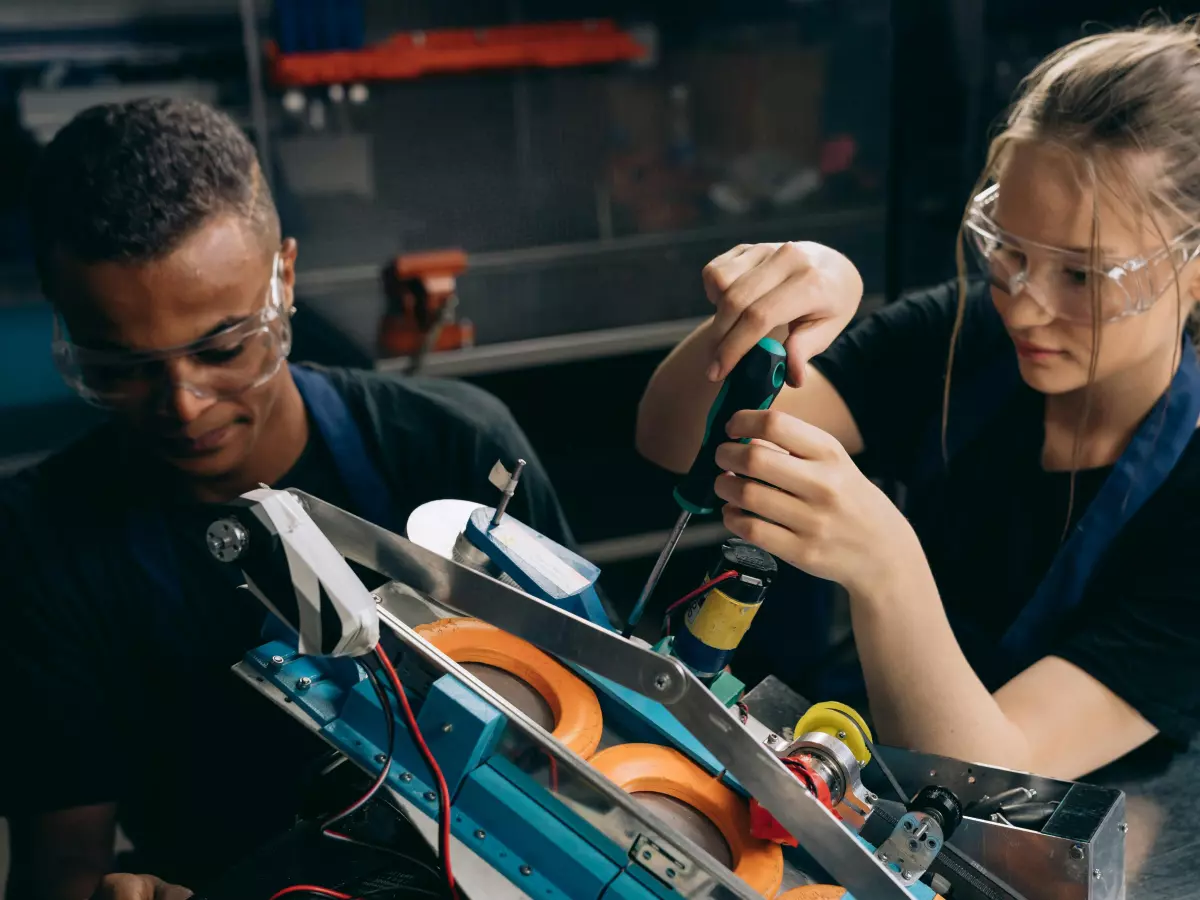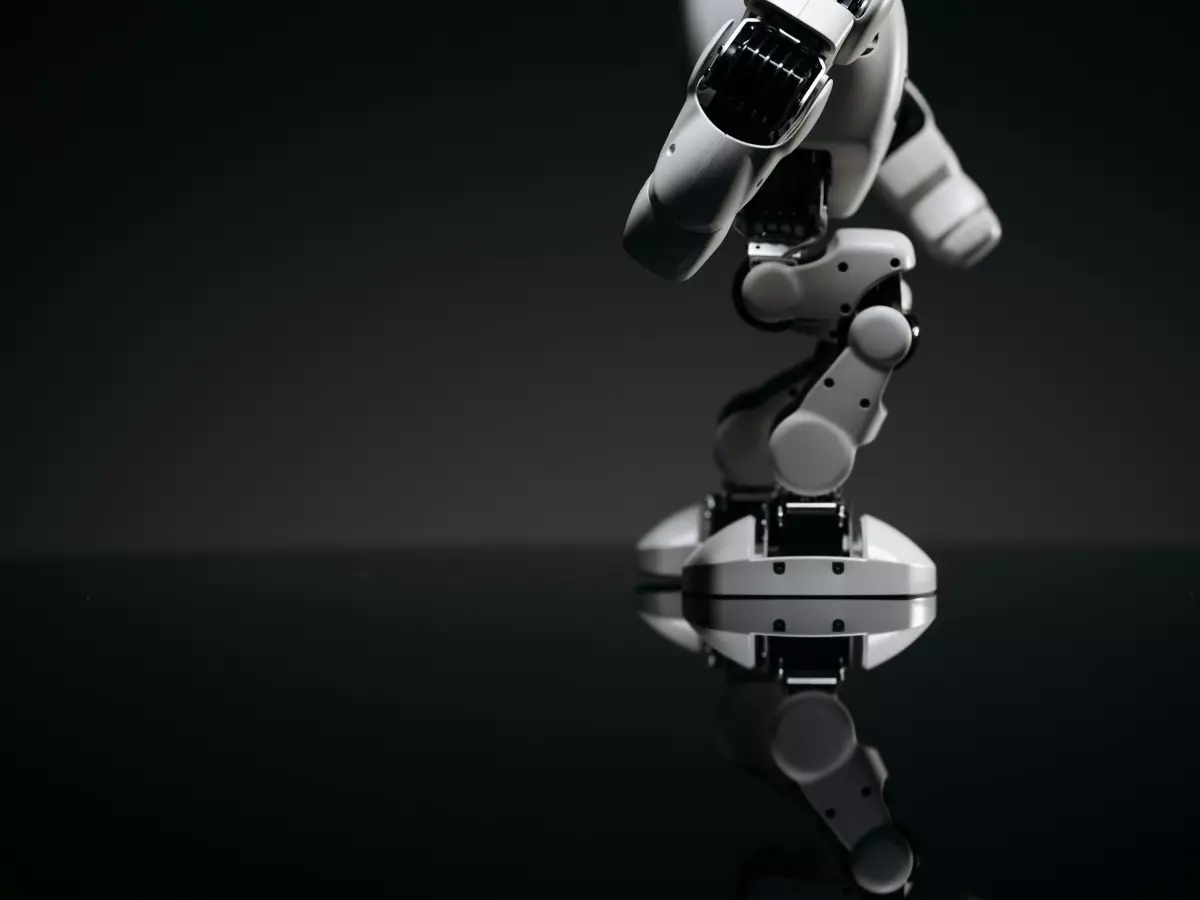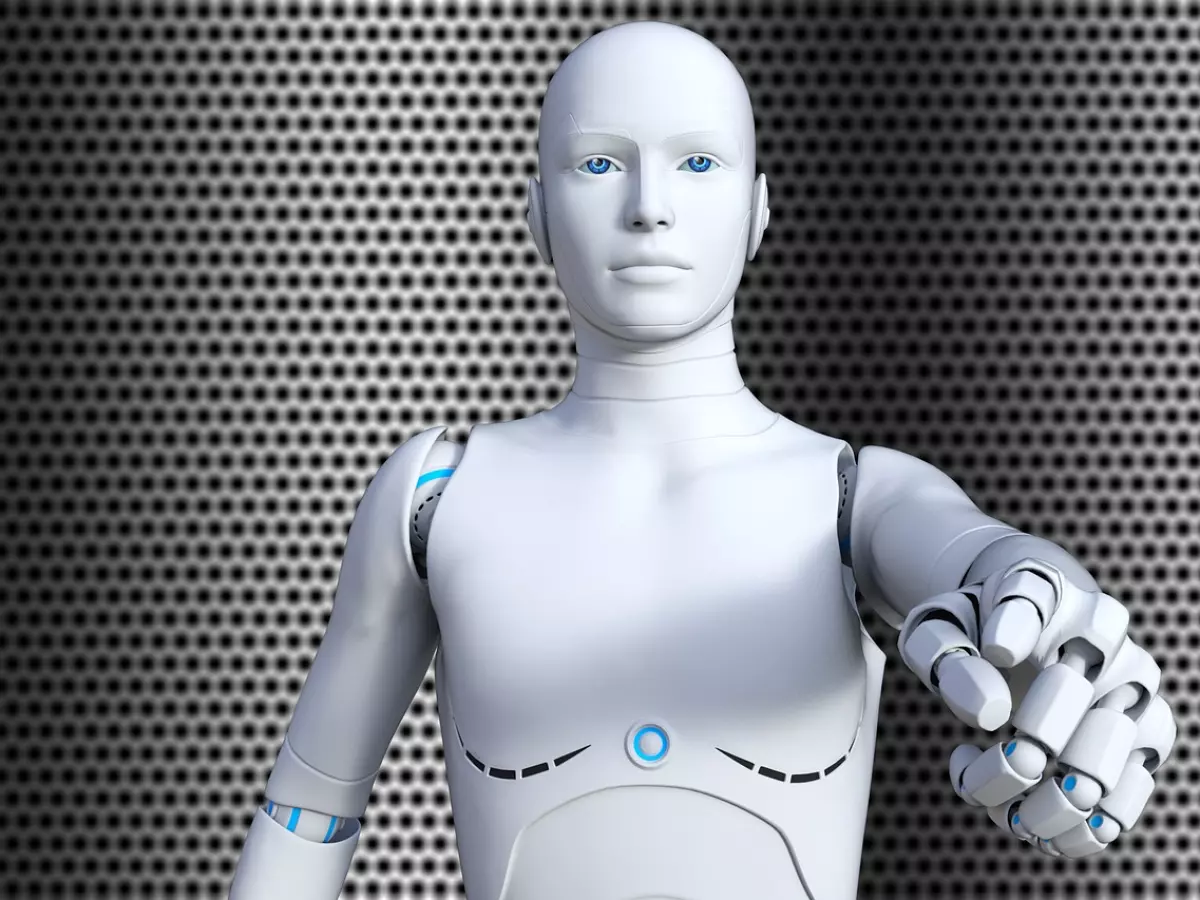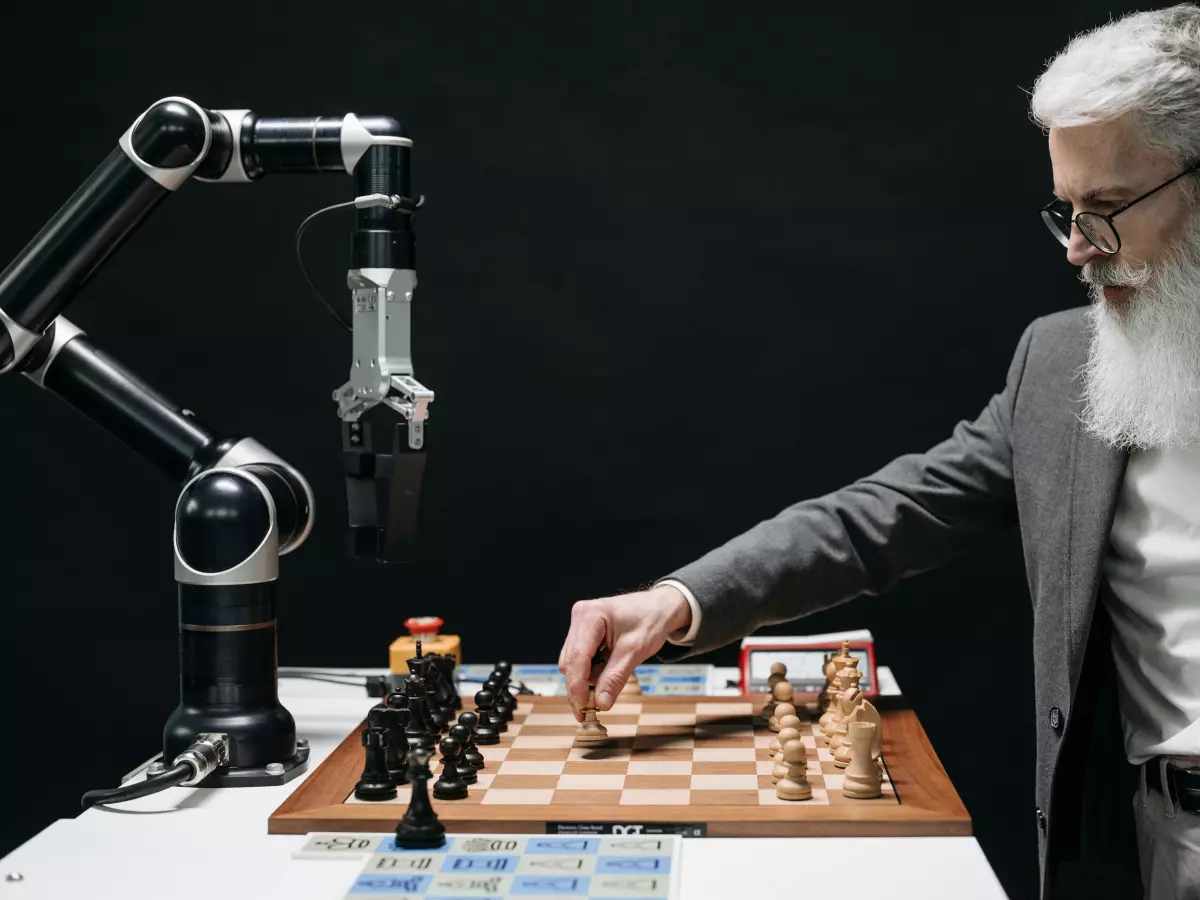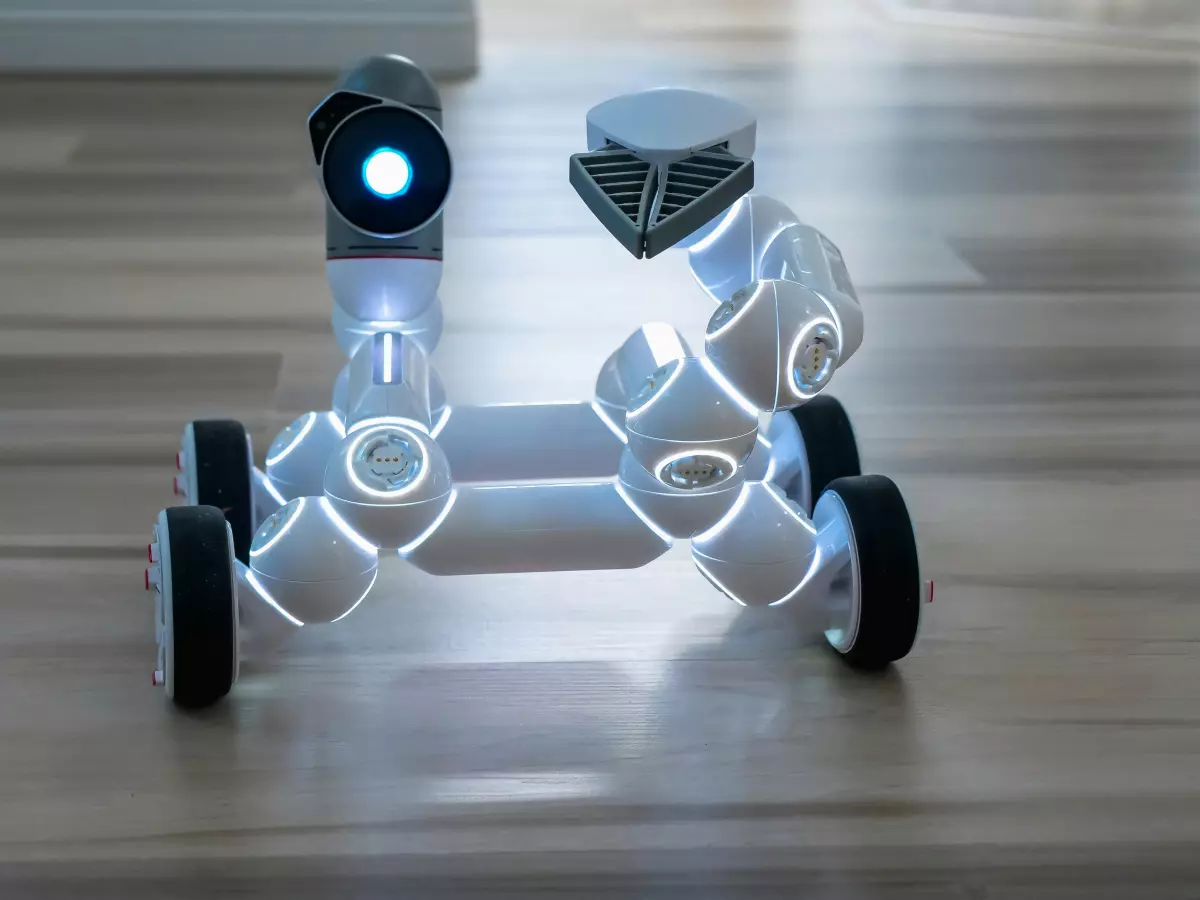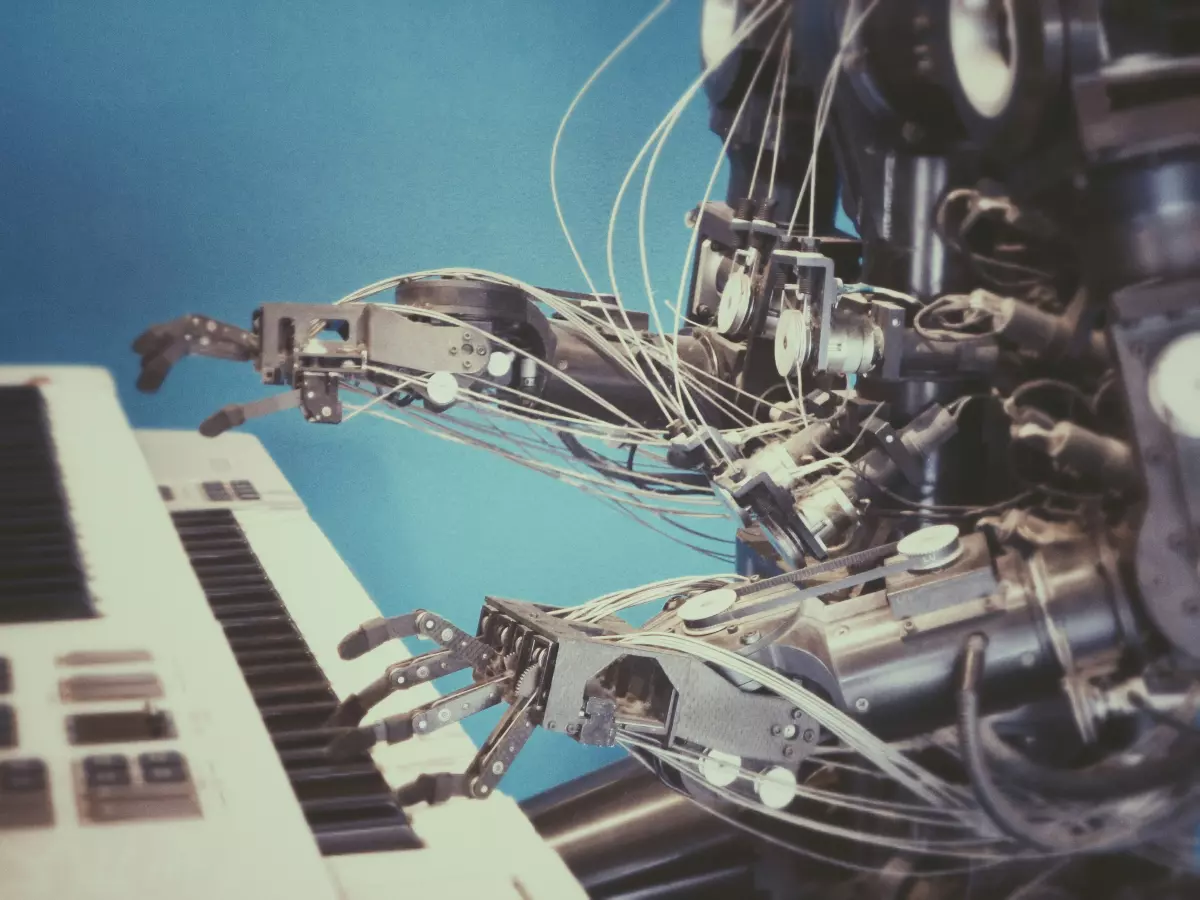Robot Kinematics
Ever wondered how robots move with such precision? It's not magic, and it's definitely not guesswork. The secret lies in something called 'robot kinematics,' and it's the unsung hero behind every smooth robotic motion you've ever seen. But here's the kicker: most people don't even know it exists.
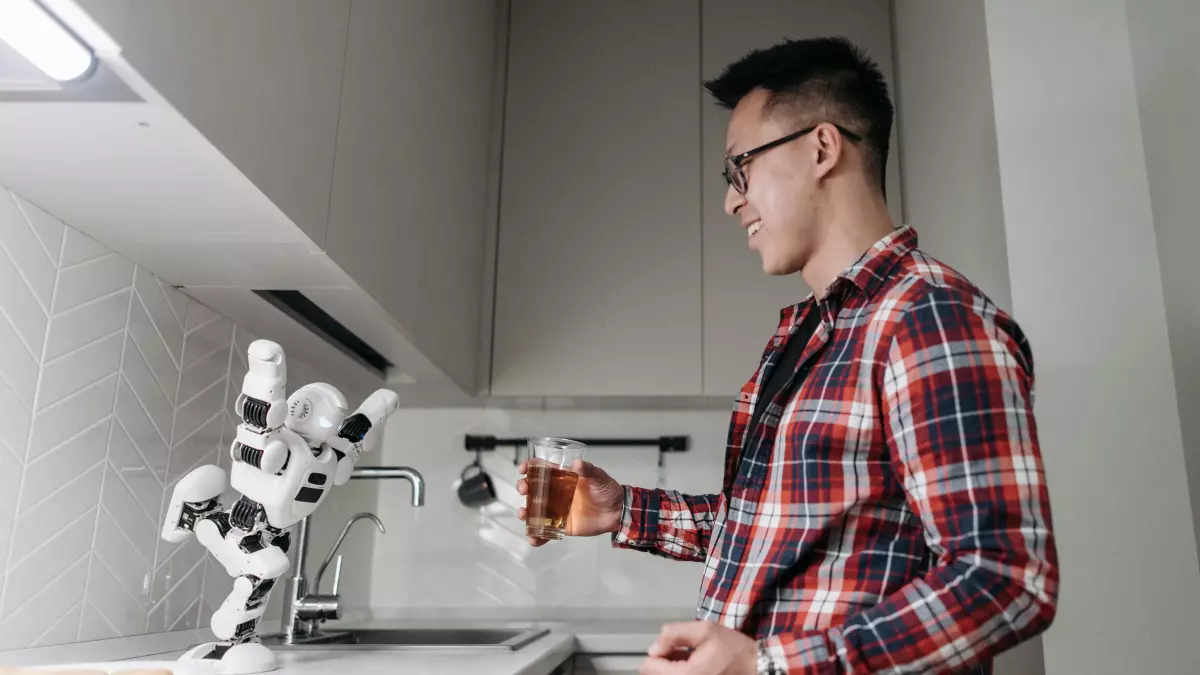
By Kevin Lee
Let's start with a mind-blowing fact: over 90% of industrial robots rely on kinematic models to perform their tasks. Whether it's assembling a car, welding parts, or even flipping burgers (yes, that's a thing now), kinematics is the backbone of robotic motion. But what exactly is it? And why should you care?
Kinematics is the study of motion without considering the forces that cause it. In robotics, it’s all about figuring out how a robot's joints and links move to achieve a desired position or orientation. Think of it as the 'geometry of motion.' It’s what allows a robotic arm to reach out and grab an object, or a humanoid robot to walk across a room without tripping over itself.
Forward Kinematics vs. Inverse Kinematics
Now, here's where things get interesting. There are two main types of kinematics in robotics: forward kinematics and inverse kinematics. Both are crucial, but they solve different problems.
Forward kinematics is the easier of the two. It involves calculating the position and orientation of a robot's end-effector (the 'hand' of a robotic arm, for example) given the angles of its joints. In other words, if you know how much each joint is rotated, forward kinematics will tell you where the end-effector is.
On the flip side, inverse kinematics is the tougher nut to crack. It’s the process of determining the joint angles needed to place the end-effector in a specific position. Imagine trying to figure out how to move your arm so your hand lands exactly on a coffee cup across the table. That’s inverse kinematics in action.
While forward kinematics is relatively straightforward, inverse kinematics often requires solving complex equations, especially when a robot has many joints. This is where advanced algorithms and even AI come into play, helping robots make real-time decisions about how to move.
Why Kinematics Matters in Autonomous Systems
Okay, so now you know what kinematics is, but why does it matter? Well, in autonomous systems, precision is everything. Whether it's a self-driving car navigating through traffic or a drone delivering packages, these machines need to move accurately and predictably. Kinematics provides the mathematical framework that makes this possible.
For example, in a robotic arm used in manufacturing, kinematics ensures that the arm moves to the exact position needed to weld a part or assemble a component. In humanoid robots, kinematics allows for smooth, human-like movements, whether it's walking, running, or even dancing.
Without kinematics, robots would be clumsy, inefficient, and downright dangerous. Imagine a robot arm missing its target by even a few millimeters while assembling a car. The entire production line could come to a screeching halt. Kinematics ensures that doesn't happen.
Software and Hardware: The Kinematic Duo
Now, let's talk about the tools that make kinematics work. On the software side, robots rely on advanced algorithms to solve kinematic equations in real-time. These algorithms take into account the robot's current position, the desired position, and the constraints of the system (like joint limits or obstacles in the environment).
On the hardware side, robots need precise sensors and actuators to execute the movements calculated by the kinematic algorithms. Sensors provide feedback on the robot's current position, while actuators move the joints to the desired angles. It's a delicate dance between software and hardware, and when done right, it results in smooth, precise motion.
One of the most exciting developments in this area is the use of AI and machine learning to improve kinematic models. By analyzing vast amounts of data, AI can help robots learn from their mistakes and improve their movements over time. This is especially important in dynamic environments where robots need to adapt on the fly.
Challenges in Robot Kinematics
Of course, kinematics isn't without its challenges. One of the biggest issues is dealing with redundancy. In some robots, there are multiple ways to achieve the same end-effector position. This can make it difficult to decide which joint angles to use, especially when there are constraints like avoiding obstacles or minimizing energy consumption.
Another challenge is singularities, which occur when a robot's joints align in such a way that it loses a degree of freedom. This can cause the robot to 'lock up' and become unable to move in certain directions. Engineers have to carefully design robots to avoid these singularities, or at least minimize their impact.
The Future of Kinematics in Robotics
So, what's next for robot kinematics? As robots become more autonomous and capable, the demand for more advanced kinematic models will only increase. We're already seeing this in industries like healthcare, where surgical robots need to perform incredibly precise movements, and in space exploration, where robots are tasked with navigating harsh, unpredictable environments.
One exciting area of research is the development of soft robots, which use flexible materials instead of rigid joints. These robots present a whole new set of challenges for kinematics, as their movements are much more complex and harder to predict. But with advances in AI and machine learning, we're getting closer to solving these problems.
In the end, robot kinematics is the key to unlocking the full potential of autonomous systems. Whether it's in factories, hospitals, or even our homes, kinematics will continue to play a crucial role in shaping the future of robotics.
And just like the early days of the Industrial Revolution, when machines transformed the way we work, kinematics is quietly revolutionizing the way robots move and interact with the world around them. The next time you see a robot in action, remember: it's all thanks to the power of kinematics.
